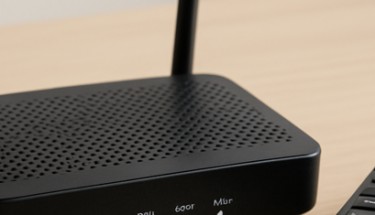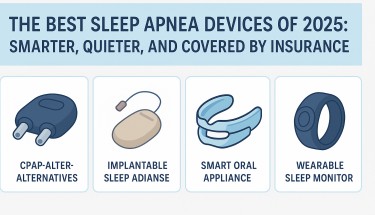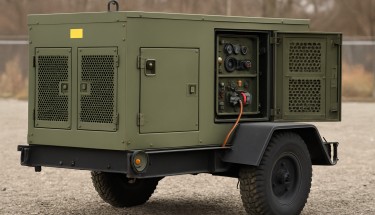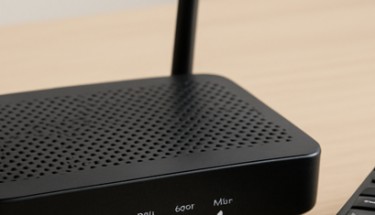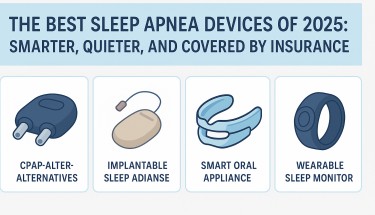Reconditioned Military Diesel Generators: Cost-Effective Power for Demanding Jobs
When reliability matters more than polish, reconditioned military-grade diesel generators outperform most commercial units. Originally built for field combat conditions, these rugged machines now serve farms, construction sites, and disaster-response teams across the U.S. Discover why many professionals consider them the smartest long-term investment for off-grid and backup power.
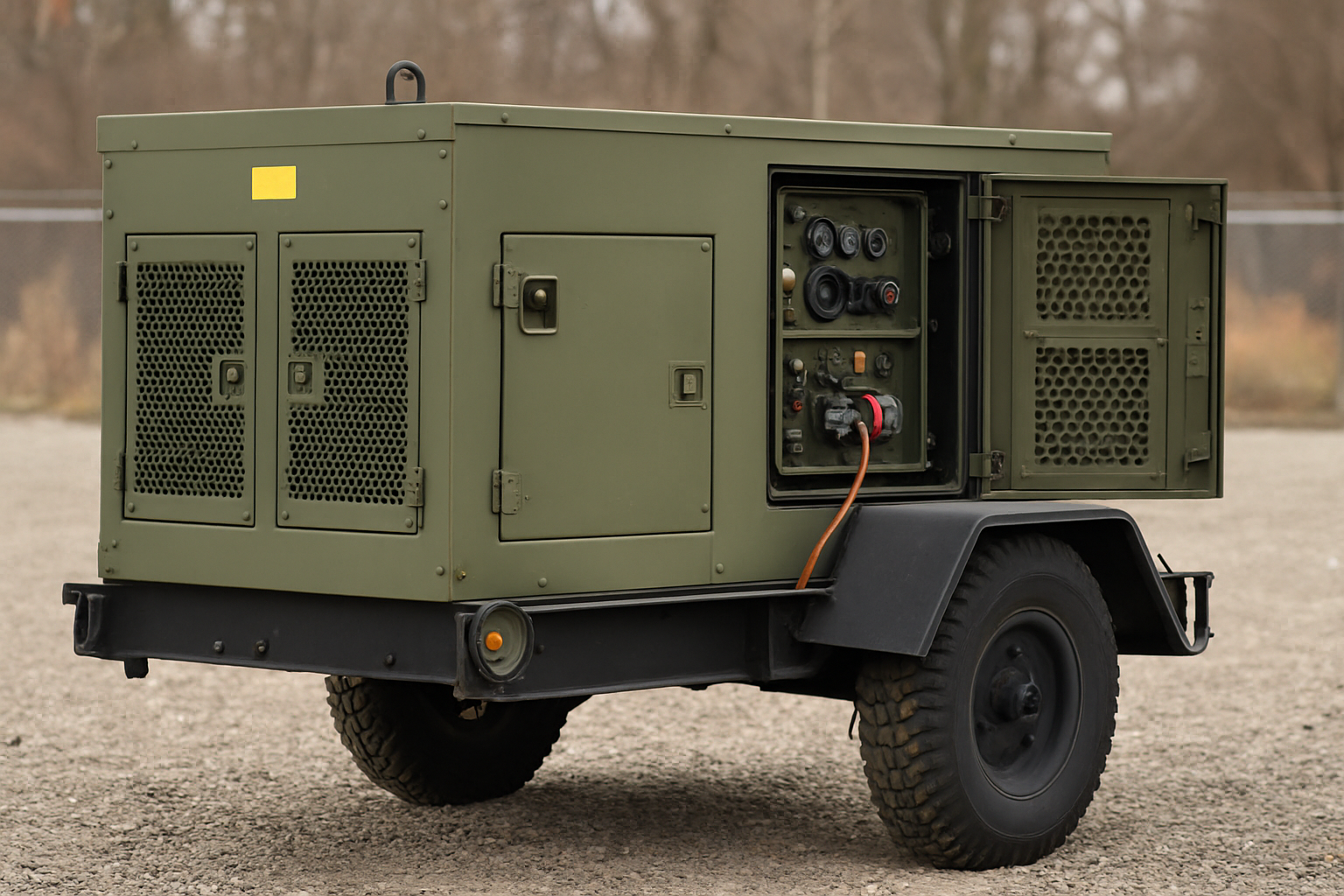
Why Military-Grade Generators Are Built to Last
Unlike typical retail diesel sets, ex-military units were engineered to run 24/7 under heat, dust, and vibration. Heavy steel frames, sealed wiring, and multi-fuel engines allow dependable output where consumer models fail. For contractors, telecom operators, and emergency agencies, that endurance translates into fewer breakdowns and lower lifetime cost.
Key Specifications and High-Value Features
- Power Range: From compact 2 kW TQG portables to 100 kW trailer-mounted systems.
- Multi-Fuel Capability: Operate on JP-8, Jet A-1, or standard diesel—ideal during fuel shortages.
- Low-Noise Operation: “Tactical Quiet” housings reduce decibel levels to 70 dB @ 7 m, meeting OSHA site standards.
- Continuous Runtime: Many models sustain 60–72 hours non-stop with auto-governed cooling.
Commercial vs Military Generators: A Practical Comparison
When choosing between a standard commercial diesel generator and an ex-military model, durability and performance quickly reveal the difference. Military-grade generators are engineered for continuous 24-hour duty cycles, while most commercial options are rated for only 8 to 10 hours of daily use. That endurance makes ex-military units ideal for remote operations, construction sites, and off-grid power solutions.
Another major advantage is fuel versatility. Military generators can run on diesel, JP-8, or Jet A fuels, giving operators flexibility during supply shortages. Commercial units, however, typically operate on diesel only, limiting adaptability in the field.
Mobility also plays a key role in value. Ex-military diesel generators are often mounted on trailers or designed for forklift transport, allowing quick relocation and setup — a major advantage for contractors and emergency response teams. By contrast, stationary commercial generators require fixed installations, which can raise setup costs and reduce flexibility.
In terms of noise and maintenance, the military designs win again. Tactical Quiet models operate at under 70 decibels, far quieter than the 80–95 dB common in retail units. And their modular access panels simplify servicing, filter changes, and wiring inspections — reducing downtime and long-term maintenance costs.
Ultimately, reconditioned military diesel generators deliver greater reliability, flexibility, and operational value over time, making them one of the most practical industrial power solutions for anyone seeking durability without overspending on new equipment.
Maintenance and Operating Cost Insights
Routine oil and filter service every 250 hours and monthly load testing keep these engines mission-ready. Because many parts overlap with Cummins Onan or Perkins systems, maintenance costs are often 30–40% lower than buying new industrial units. Add-on retrofits—digital controllers, exhaust after-treatments, and solar hybrid inverters—help meet EPA Tier 3/4 guidelines without losing the generator’s core strength. Operators also appreciate the simplified layout of ex-military designs, which allows quick access to fuel lines, injectors, and cooling systems without full disassembly. Routine lubrication and coolant checks extend engine life far beyond typical commercial averages, reducing the total cost of ownership. Many refurbished models also include upgraded alternators and modernized wiring harnesses for improved voltage regulation and cleaner energy output. Over time, these efficiency upgrades and reduced downtime make reconditioned military generators a financially smart option for anyone needing dependable, low-maintenance power in remote or industrial applications.
Where to Source Reliable Units
For verified surplus equipment, consider:
GovPlanet Surplus Auctions – authenticated ex-military assets with hour-meter data
Fidelity Technologies – ongoing parts and service support for TQG series
Novatio Engineering – retrofit kits, hybrid upgrades, and user manuals
ExPower Traders LLC – refurbished MEP-006A and MFG 60 kW models

